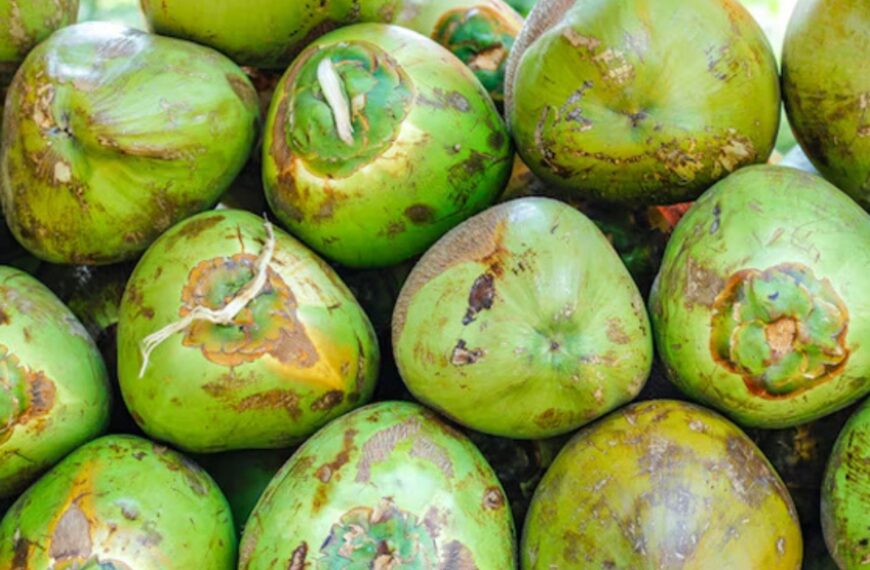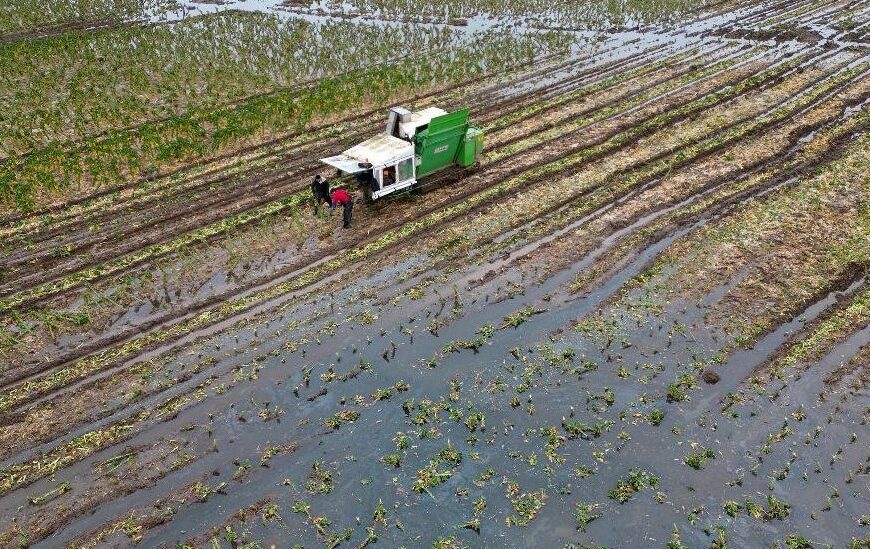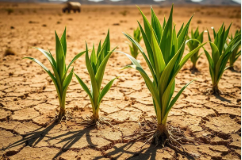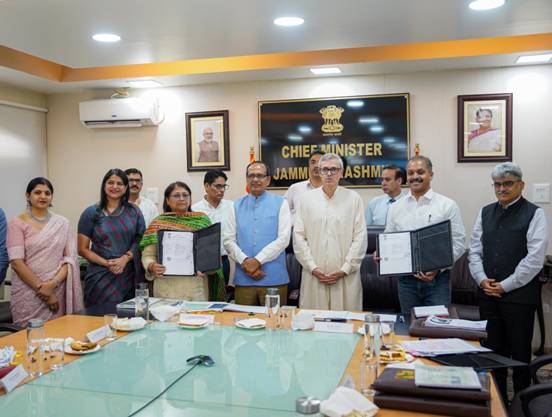
The Southwest Monsoon has made an early entry into Northern India, offering timely rainfall to major farming states like Punjab, Haryana, and Uttar Pradesh, according to the Indian Meteorological Department (IMD). Typically expected by the end of June, this year’s early onset nearly a week ahead has sparked hope among agricultural communities.
The early rains have eased concerns for farmers who depend heavily on monsoonal moisture to begin planting kharif crops such as paddy, maize, pulses, and soybean. Increased soil moisture from early showers is likely to speed up land preparation and sowing, especially in regions that rely entirely on rainfall for cultivation. Agricultural scientists say this timely arrival could lead to stronger yields and more stable incomes in rural areas. “When rains come early, farmers can start sowing at the ideal time, which usually results in healthier crops and better harvests,” explained Dr. A.K. Sharma from the Indian Council of Agricultural Research (ICAR).
Despite this positive development, weather experts have cautioned growers to keep a close watch on local updates. Irregular rainfall and unexpected dry spells linked to changing climate patterns could still pose risks during the growing season. Meanwhile, the Ministry of Agriculture has called on states to make sure farmers receive timely access to seeds, fertilizers, and water management tools. “This is a valuable opportunity for farmers. It’s important that departments work together to maximize the benefits of the early monsoon,” said Union Agriculture Minister Arjun Munda.
Since more than half of India’s agricultural land relies on natural rainfall, the timing and spread of the monsoon continue to play a crucial role in determining both crop success and the broader economy.


















